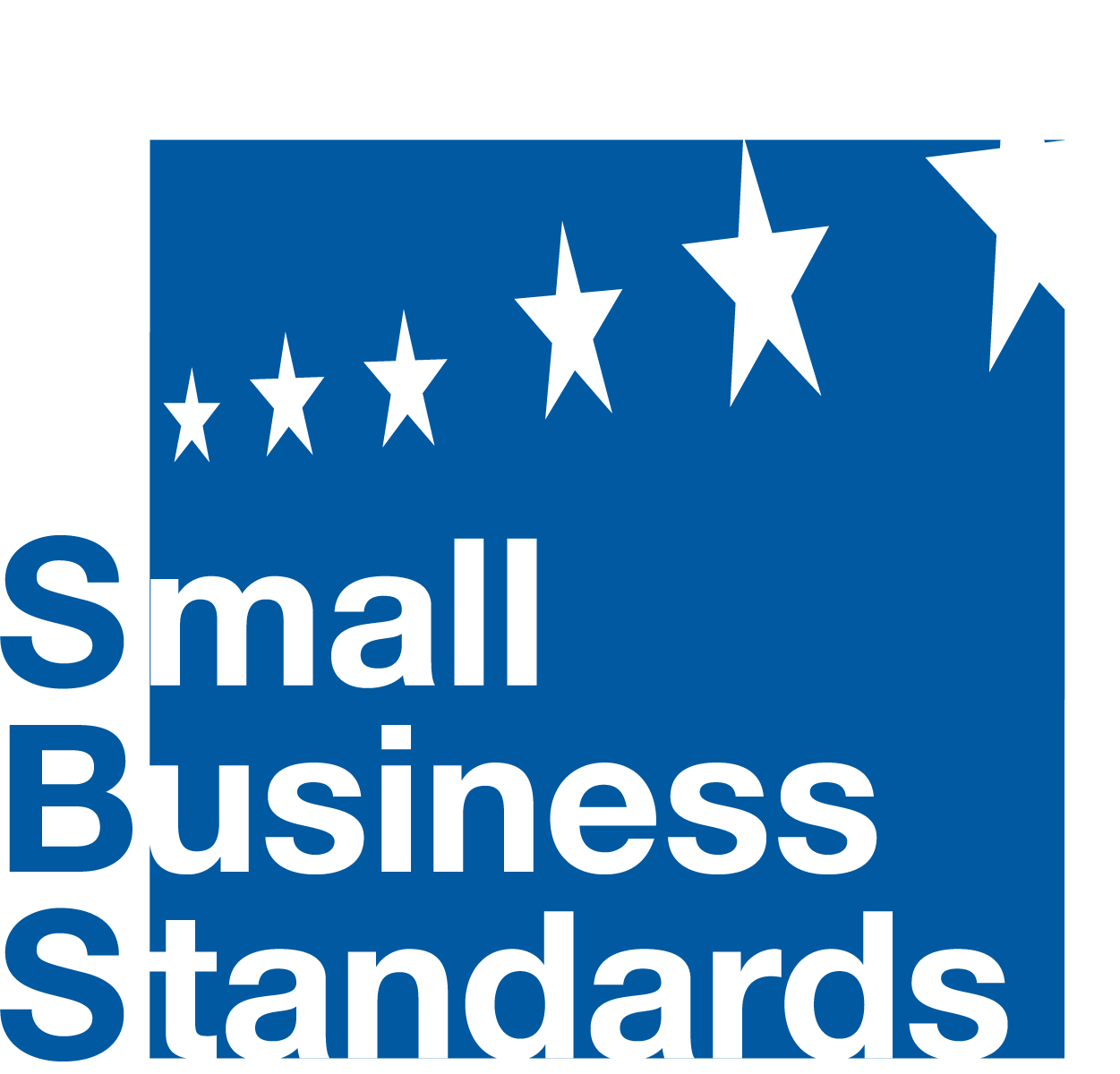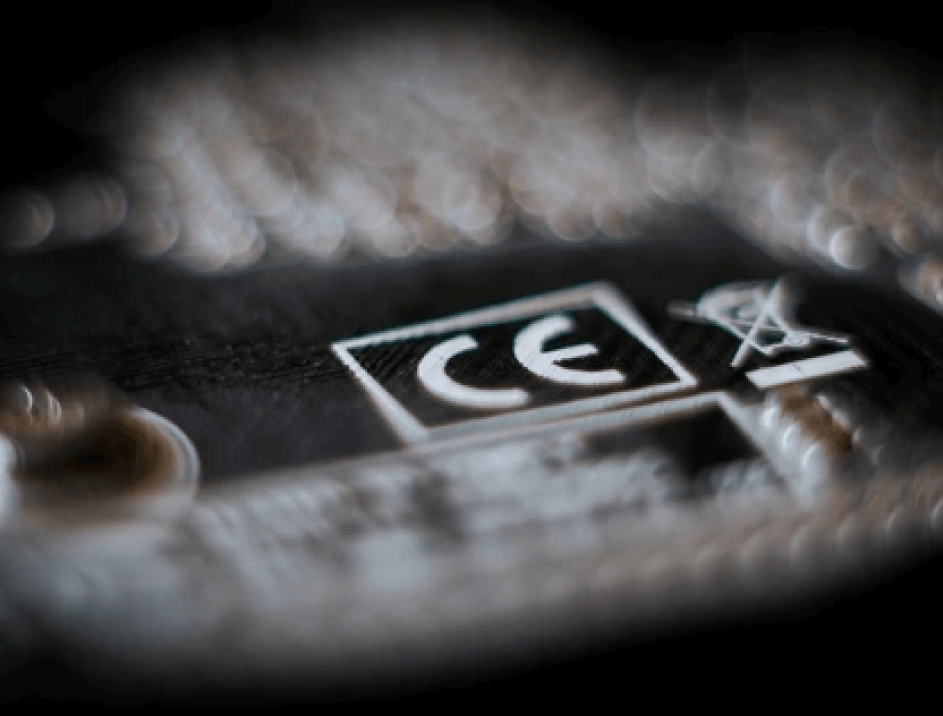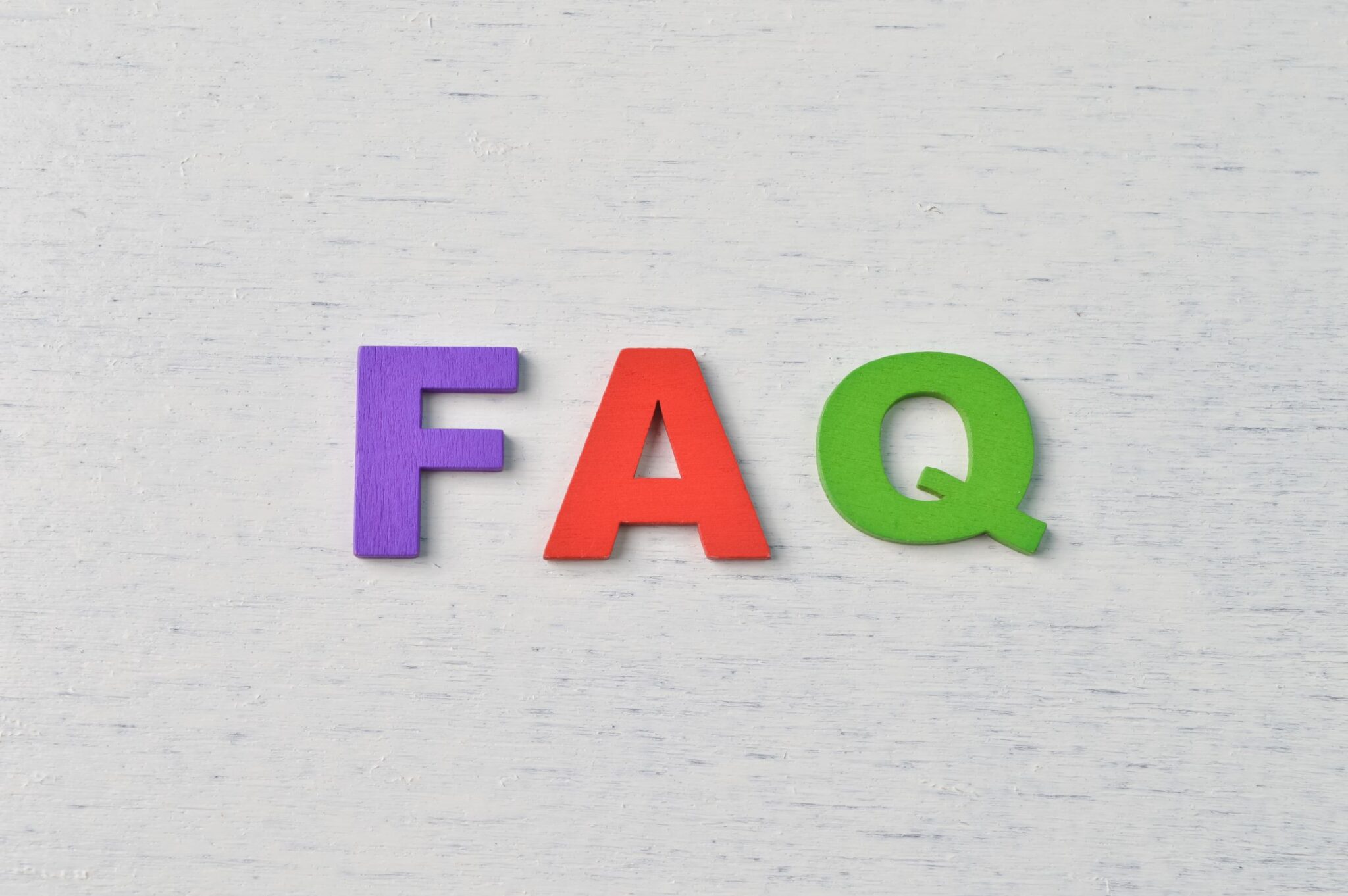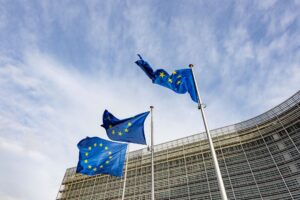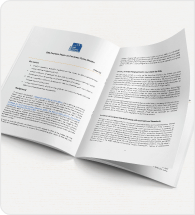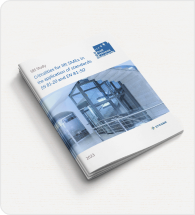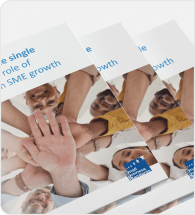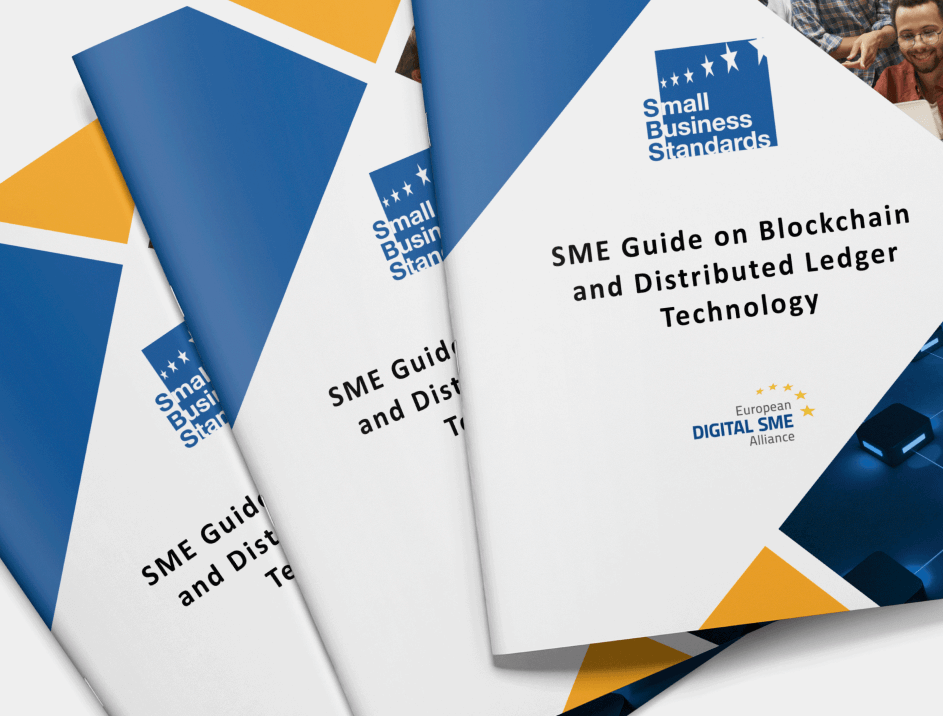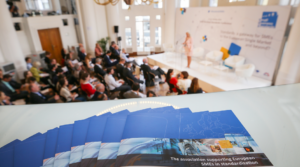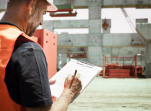SBS Annual Conference on the European standardisation regulation: Several steps forward despite challenges
Held on 10 October 2017 in the Solvay Library in Brussels, this year’s annual conference lined up several high-level speakers and stakeholders from the European standardisation community to celebrate and debate the EU Regulation 1025/2012 on European standardisation, adopted exactly five years ago. Among them were European and national institutions responsible for standardisation, a European policy think-tank, and four representatives from the business sector.
It emerged that most SMEs believe this piece of legislation has been a ‘door opener’ – improving their ability to participate in standardisation. Speakers from the public and private sectors presented and exchanged their views on the initiatives that have been put in place, or are being envisaged, at national and European levels, to ensure a level playing field between the standards-makers and users’ needs respectively.
The conference highlighted a range of major challenges for the European standardisation community, linked to bridging the gap between SMEs and standardisation. Digitisation may prove to be the biggest challenge, due to the speed with which standards are evolving.
Burdensome rules, that fail to take into account the specific characteristics of SMEs, also need to be reduced wherever possible. Conference participants noted that trade associations at national and European level play a key role in addressing this issue.
Looking on the bright side, SBS President Gunilla Almgren said that SMEs – thanks to their ingenuity, flexibility and innovative spirit – are ideally placed to turn the challenges of tomorrow into new business opportunities. She called for the introduction of ‘SME-compatibility checks’ in the standardisation system, so as to further narrow the gap between standardisation and SMEs.
A follow-up SBS conference in 2022, for the 10th anniversary of EU Regulation 1025/2012, is envisaged.
It emerged that most SMEs believe this piece of legislation has been a ‘door opener’ – improving their ability to participate in standardisation. Speakers from the public and private sectors presented and exchanged their views on the initiatives that have been put in place, or are being envisaged, at national and European levels, to ensure a level playing field between the standards-makers and users’ needs respectively.
The conference highlighted a range of major challenges for the European standardisation community, linked to bridging the gap between SMEs and standardisation. Digitisation may prove to be the biggest challenge, due to the speed with which standards are evolving.
Burdensome rules, that fail to take into account the specific characteristics of SMEs, also need to be reduced wherever possible. Conference participants noted that trade associations at national and European level play a key role in addressing this issue.
Looking on the bright side, SBS President Gunilla Almgren said that SMEs – thanks to their ingenuity, flexibility and innovative spirit – are ideally placed to turn the challenges of tomorrow into new business opportunities. She called for the introduction of ‘SME-compatibility checks’ in the standardisation system, so as to further narrow the gap between standardisation and SMEs.
A follow-up SBS conference in 2022, for the 10th anniversary of EU Regulation 1025/2012, is envisaged.
SBS experts meet again in Brussels
The second annual experts meeting took place on 11 October 2017, back-to-back with the SBS annual conference. Bringing together some 35 SBS experts, it was an occasion for experts and the SBS secretariat to meet and exchange views. Speakers from the European Commission, CEN, CENELEC, ETSI and UEAPME updated the experts on ongoing issues relevant for standardisation at EU level.
As part of the general update, the European Commission highlighted a major development – the non-citation of references to harmonised standards in the Official Journal of the EU (OJ). There is now an action plan in place between the Commission, CEN-CENELEC and ETSI to reduce the stock of non-cited harmonised standards and to make the process more transparent and accountable. More information is available here.
The speaker from ETSI underlined the launch of the 3SI programme (Societal Stakeholder Support and Inclusiveness) for implementing the inclusiveness objective in the ETSI Long-Term Strategy 2016-2021. The next step is to appoint a 3SI advocate, who will be in charge of collecting and following up on issues related to inclusiveness raised by Annex III organisations, identified under EU Regulation (ECOS, ETUC, ANEC).
The meeting had a particular focus on digitisation of European industry. A European Commission representative highlighted the EU’s regulatory framework for the Digital Single Market, the digital innovation hubs, partnerships and platforms, as well as skills and jobs. CEN-CENELEC provided information on its digital transformation strategy, as well as their view on standards and digitisation.
As part of the general update, the European Commission highlighted a major development – the non-citation of references to harmonised standards in the Official Journal of the EU (OJ). There is now an action plan in place between the Commission, CEN-CENELEC and ETSI to reduce the stock of non-cited harmonised standards and to make the process more transparent and accountable. More information is available here.
The speaker from ETSI underlined the launch of the 3SI programme (Societal Stakeholder Support and Inclusiveness) for implementing the inclusiveness objective in the ETSI Long-Term Strategy 2016-2021. The next step is to appoint a 3SI advocate, who will be in charge of collecting and following up on issues related to inclusiveness raised by Annex III organisations, identified under EU Regulation (ECOS, ETUC, ANEC).
The meeting had a particular focus on digitisation of European industry. A European Commission representative highlighted the EU’s regulatory framework for the Digital Single Market, the digital innovation hubs, partnerships and platforms, as well as skills and jobs. CEN-CENELEC provided information on its digital transformation strategy, as well as their view on standards and digitisation.
SBS Construction Forum assesses next steps for CPR
The 2017 SBS Construction Forum meeting took place in Brussels on 11 October and was attended by around 30 participants. Its main topics were the revision of the Construction Products Regulation (CPR) and the preparation of harmonised European standards (hENs) under the Regulation.
Clean Technologies and Products (DG GROW) Head of Unit Fulvia Raffaeli opened proceedings, highlighting the importance of SMEs in the construction sector and the Commission’s ongoing review of it, while adding that no decisions have yet been taken to revise the CPR. She noted that the regulation’s role is only to harmonise the conditions for the marketing of products. An open consultation will be launched in December 2017 [SBS has set up a Working Group to prepare for this].
Ms Sorgato, from SBS member ECAP (European Consortium of Anchors Producers), gave an overview of construction products marketing. She said that ECAP’s SME manufacturers need CE marking because they compete in all markets and their products circulate widely. Secondly, there are problems when there are overlaps between CEN and EOTA (European Organisation for Technical Assessment), and the fact that non-EU manufacturers use ‘EOTA CE marking’ as a marketing tool; one way to deal with this could be to combine CEN and EOTA into a single organisation.
A general discussion followed about the different interests of SME manufacturers and SME users, and how their respective needs can be properly covered. Representatives from Construction Products Europe and the European Construction Industry Federation addressed issues about the CPR’s future.
The two final presentations covered CPR hENs. Mr Bedotti, CEN Consultant, presented the legal background for hENs and what they should contain. Mr Ascencao of CEN concluded the Forum by discussing hENs from CEN’s point of view. He identified the main reasons, according to CEN, why these are not being accepted by the Commission.
Clean Technologies and Products (DG GROW) Head of Unit Fulvia Raffaeli opened proceedings, highlighting the importance of SMEs in the construction sector and the Commission’s ongoing review of it, while adding that no decisions have yet been taken to revise the CPR. She noted that the regulation’s role is only to harmonise the conditions for the marketing of products. An open consultation will be launched in December 2017 [SBS has set up a Working Group to prepare for this].
Ms Sorgato, from SBS member ECAP (European Consortium of Anchors Producers), gave an overview of construction products marketing. She said that ECAP’s SME manufacturers need CE marking because they compete in all markets and their products circulate widely. Secondly, there are problems when there are overlaps between CEN and EOTA (European Organisation for Technical Assessment), and the fact that non-EU manufacturers use ‘EOTA CE marking’ as a marketing tool; one way to deal with this could be to combine CEN and EOTA into a single organisation.
A general discussion followed about the different interests of SME manufacturers and SME users, and how their respective needs can be properly covered. Representatives from Construction Products Europe and the European Construction Industry Federation addressed issues about the CPR’s future.
The two final presentations covered CPR hENs. Mr Bedotti, CEN Consultant, presented the legal background for hENs and what they should contain. Mr Ascencao of CEN concluded the Forum by discussing hENs from CEN’s point of view. He identified the main reasons, according to CEN, why these are not being accepted by the Commission.
Future of EOTA debated at European Commission Technical Platform
On 4 October 2017, in Brussels, the Fifth Technical Platform meeting under the Construction Products Regulation (CPR) discussed the future role for EOTA (European Organisation for Technical Assessment). EOTA, which exists only under the CPR, provides the alternative and optional route to CE marking for construction products which are not covered by harmonised European Standards (hENs).
The meeting’s main conclusion was that there is a need for an alternative route for innovative products and products that are not covered by hENs to obtain CE marking. However, several concerns were raised that, in some Member States, the EOTA approach tends to be more ‘national’ than ‘European’. Although several participants acknowledged that the hEN route through CEN is slow, they said it is not dysfunctional, adding there is no support for radically changing hENs. Some people in EOTA favour assessment of ‘fitness for purpose’ instead of the CPR approach of ‘assessment of performance’, but the approach to CE marking via hENs and via EOTA must be the same.
There was no support for allowing Notified Bodies to take on the role of EOTA Technical Assessment Bodies (TABs), but some support was expressed for strengthening EOTA to ensure a more ‘European’ approach. It was also recognised that EOTA deals with two different situations: products from one or only a few manufacturers, and products from many manufacturers. A question was raised about whether both types need to be treated in the same way.
The Commission representative concluded that no decisions have yet been taken on the future of the CPR in general or on EOTA in particular.
More information
The meeting’s main conclusion was that there is a need for an alternative route for innovative products and products that are not covered by hENs to obtain CE marking. However, several concerns were raised that, in some Member States, the EOTA approach tends to be more ‘national’ than ‘European’. Although several participants acknowledged that the hEN route through CEN is slow, they said it is not dysfunctional, adding there is no support for radically changing hENs. Some people in EOTA favour assessment of ‘fitness for purpose’ instead of the CPR approach of ‘assessment of performance’, but the approach to CE marking via hENs and via EOTA must be the same.
There was no support for allowing Notified Bodies to take on the role of EOTA Technical Assessment Bodies (TABs), but some support was expressed for strengthening EOTA to ensure a more ‘European’ approach. It was also recognised that EOTA deals with two different situations: products from one or only a few manufacturers, and products from many manufacturers. A question was raised about whether both types need to be treated in the same way.
The Commission representative concluded that no decisions have yet been taken on the future of the CPR in general or on EOTA in particular.
More information
Fire Information Exchange Platform launched by European Commission
Following the Grenfell Tower disaster in London, and as a result of discussions in the European Parliament (reported in our last newsletter), the Fire Information Exchange Platform met for the first time on 16 October 2017. The event took place in Brussels and attracted some 90 participants. This new platform aims to enable European regulatory authorities to exchange information and experience in five areas: current best practice on fire protection, fire accidents, lessons learned from accidents, new products, and Fire Safety Engineering.
During the extensive discussions, it was highlighted that fire accidents are most likely to occur in people’s homes; that modern materials for construction products and used in furniture are leading to fires that propagate far more quickly than previously; that an ageing population tends to increase the risks of fire accidents; and that common causes of building fires are faulty electric appliances and smoking. Challenges the platform will likely face are that there are no agreed definitions of terms such as ‘fire accidents’, ‘fire deaths’ or ‘Fire Safety Engineering’, and that different Member States regulate fire safety in different ways.
The good news is that progress is being made in some areas. This includes an agreement to develop an EU-level facade fire test system, plus the growing use of Eurocodes in the design of fire safe buildings. The European Commission will also soon receive a report on smoke toxicity. Lastly, there was widespread agreement at the meeting that citizens are entitled to expect equal levels of fire safety throughout the Union as well as equal levels of response and rescue from Fire Brigade representatives.
During the extensive discussions, it was highlighted that fire accidents are most likely to occur in people’s homes; that modern materials for construction products and used in furniture are leading to fires that propagate far more quickly than previously; that an ageing population tends to increase the risks of fire accidents; and that common causes of building fires are faulty electric appliances and smoking. Challenges the platform will likely face are that there are no agreed definitions of terms such as ‘fire accidents’, ‘fire deaths’ or ‘Fire Safety Engineering’, and that different Member States regulate fire safety in different ways.
The good news is that progress is being made in some areas. This includes an agreement to develop an EU-level facade fire test system, plus the growing use of Eurocodes in the design of fire safe buildings. The European Commission will also soon receive a report on smoke toxicity. Lastly, there was widespread agreement at the meeting that citizens are entitled to expect equal levels of fire safety throughout the Union as well as equal levels of response and rescue from Fire Brigade representatives.
Contribution of lifts to reducing greenhouse gas emissions
In Europe, relevant directives, summarised in the Energy Performance of Buildings Directive 2010/31/EU (EPBD), steer the improvement process for products affecting the amount of greenhouse gas emissions. The EPBD does not include indications about the impact of the energy performance of lifts. However, thanks to the ‘nearly zero-energy buildings’ target set out in the EPBD, the yearly energy needed for the operation of lifts in the tertiary sector’s buildings must also be taken into account.
In the European market, various proposals for identifying the energy performance of lifts lead to a classification based either on labelling or on environmental performance declarations (EPD), or even on life-cycle assessment (LCA). However, none of these classifications are acknowledged as officially suitable for all the possible lift solutions. The lift expert therefore presented a legal framework in which it would be possible to find a reliable solution. More information
In the European market, various proposals for identifying the energy performance of lifts lead to a classification based either on labelling or on environmental performance declarations (EPD), or even on life-cycle assessment (LCA). However, none of these classifications are acknowledged as officially suitable for all the possible lift solutions. The lift expert therefore presented a legal framework in which it would be possible to find a reliable solution. More information
